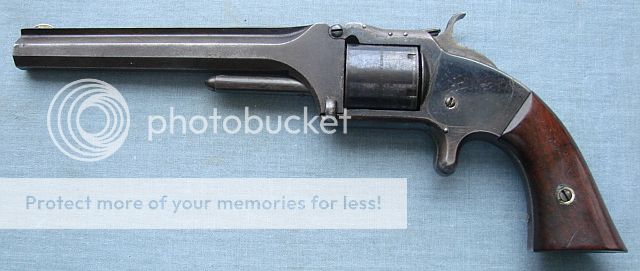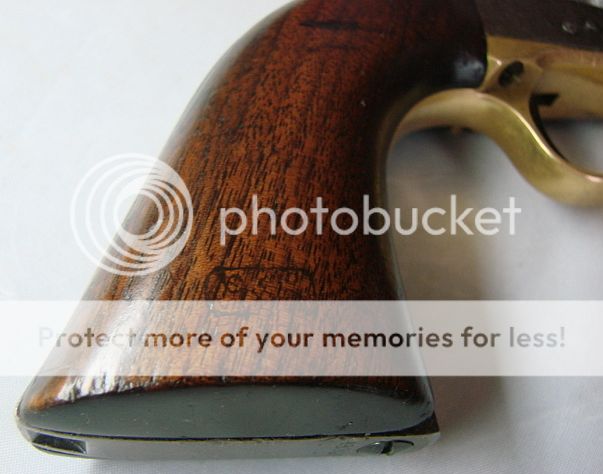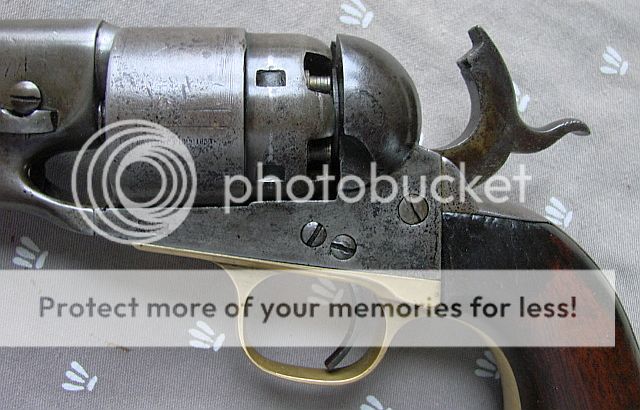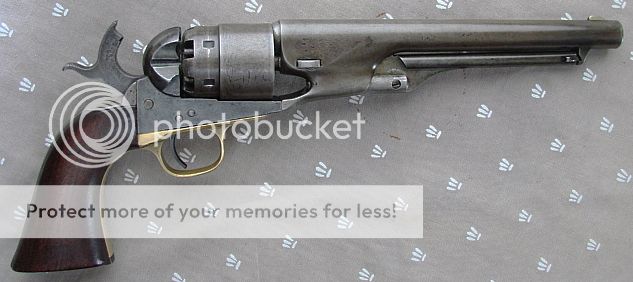Were extra cylinders routinely carried for reloading?
Isn't a capped, detached cylinder a bit of a bomb?
Purely speculation; but I would think loaded, but uncapped. Everything I ever read talks more about the carry of multiple revolvers. More so by guerillas than regulars as I understand. I would imagine there was a lot more discipline in the regular forces with regards to carry & more opportunity for a guerilla to pick up or steal another. I realize a lot of soldiers carried more than one, but have read about some mauraders & assume their horse, carrying 5 to 7 pieces at a time...





















































































